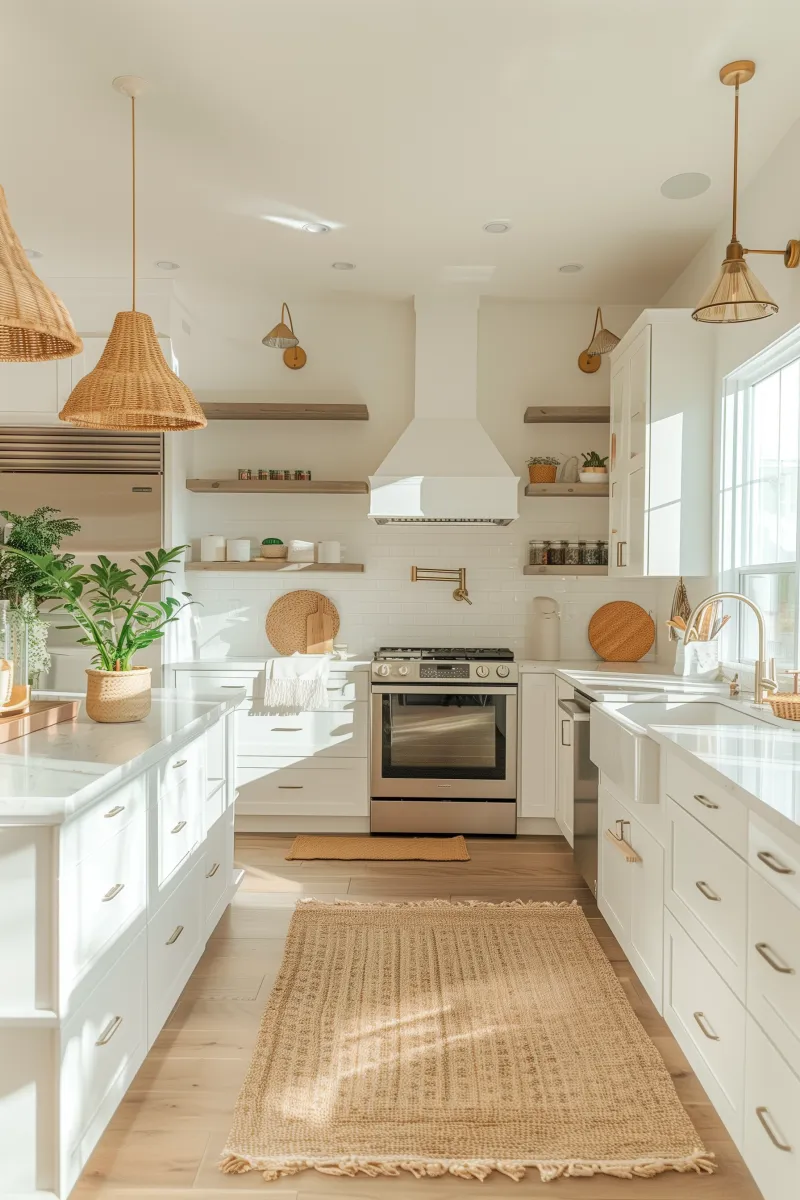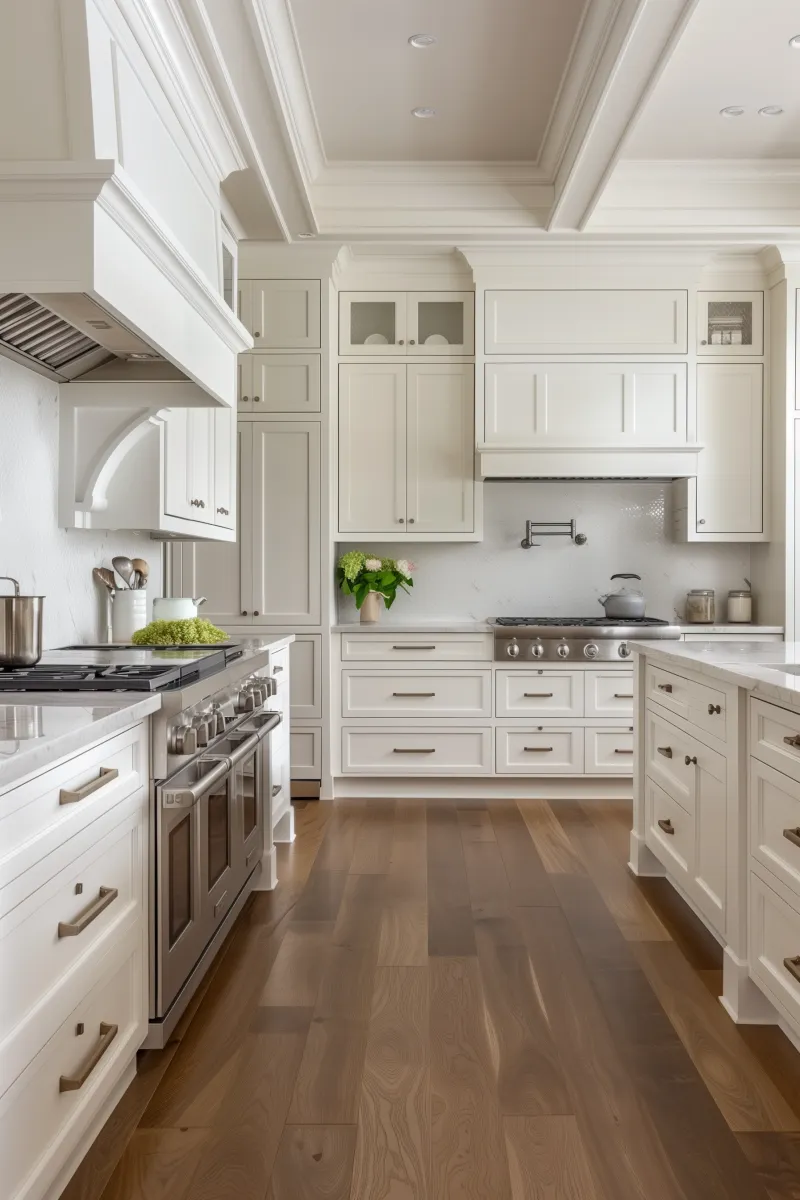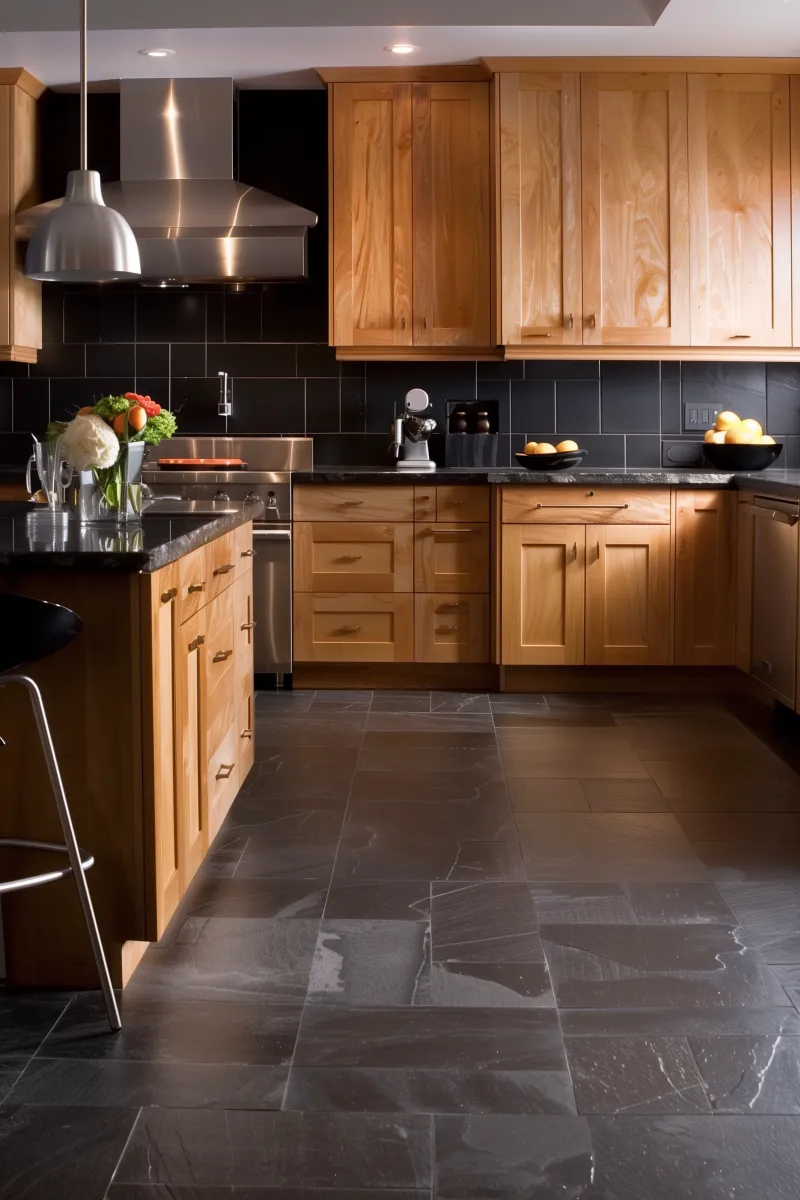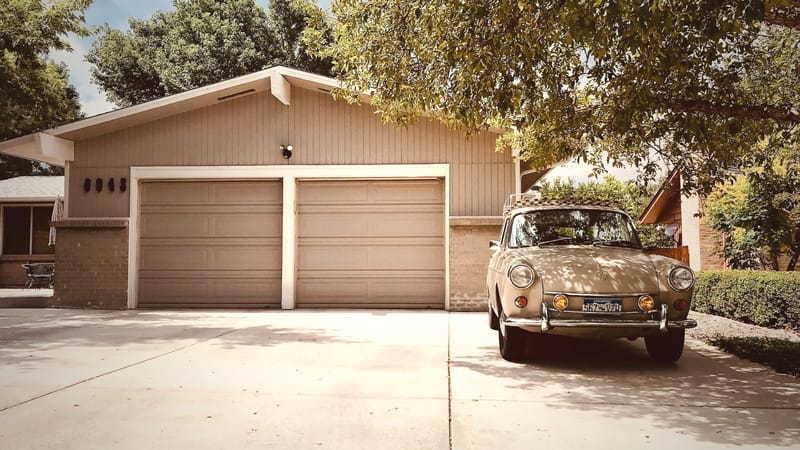This post shows you the comparison between polypropylene vs wool rugs.
When selecting a new rug for your home, understanding the differences between polypropylene and wool rugs is essential.
Both materials have distinct characteristics, pros, and cons, catering to various needs and preferences. Here's a detailed comparison to help you decide which might be the good option for your home.
Polypropylene vs Wool Rugs - which one is the right carpet for you?
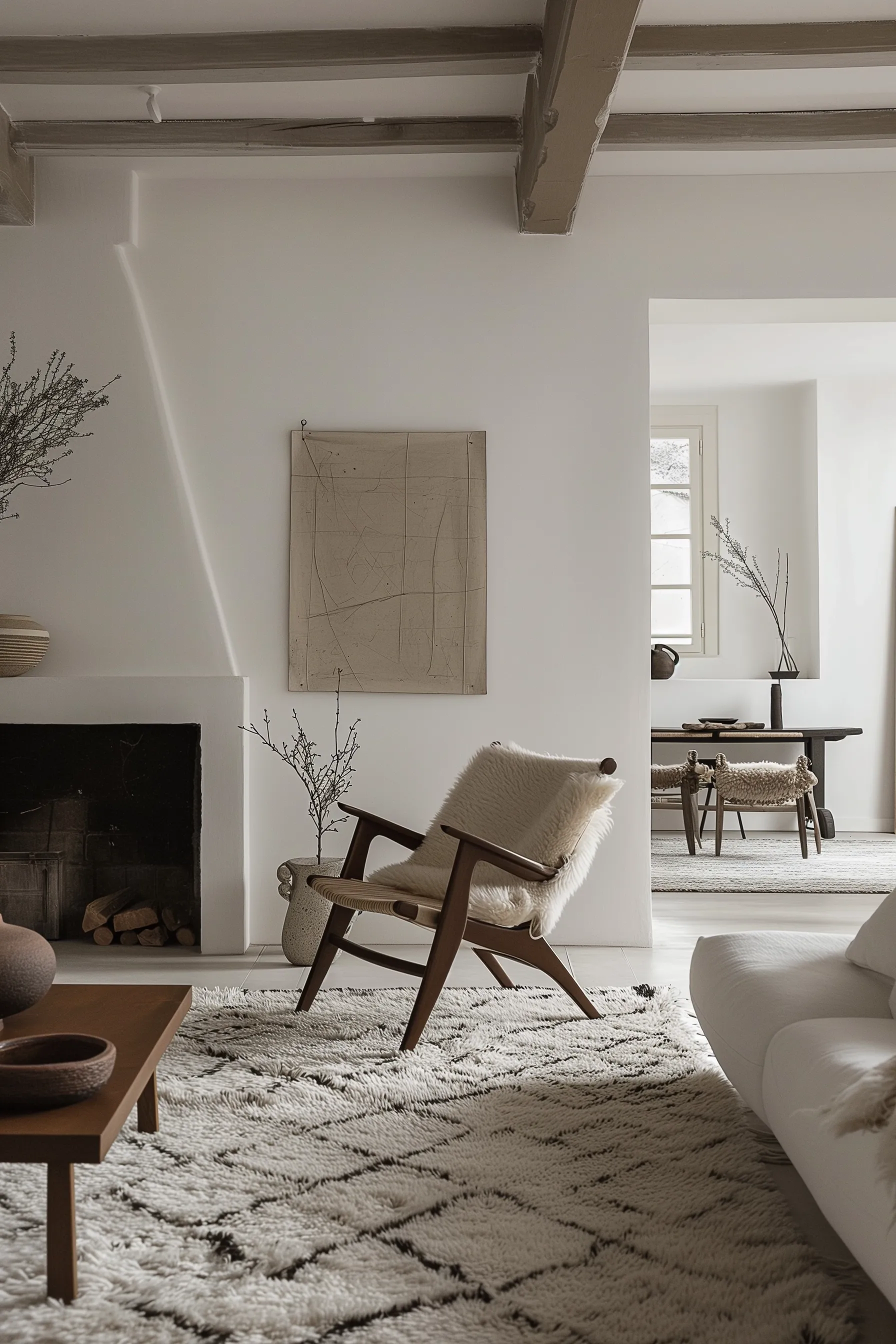
Deciding which type of rug is better – polypropylene or wool – depends on your specific needs, preferences, and the intended use of the rug.
Choose a Wool Rug if:

- You Value Natural Materials: Wool is a natural fiber and is environmentally friendly. If sustainability is important to you, wool is a great choice.
- You Seek Durability for Long-Term Use: Wool rugs are incredibly durable and can last for decades, making them suitable for an heirloom or a long-term investment in decor.
- Comfort and Luxury are Priorities: Wool rugs are known for their softness and add a luxurious feel to any space.
- You Have Allergy Concerns: Wool is hypoallergenic and resistant to dust mites.
- You Want Natural Fire Retardance: Wool is naturally fire-retardant, adding an element of safety.
Choose a Polypropylene Rug if:Budget is a Concern: Polypropylene rugs are generally more affordable than wool rugs.
- Low Maintenance is Key: These rugs are easy to clean and maintain, which makes them suitable for busy or high-traffic areas.
- Stain Resistance is Important: Polypropylene is highly resistant to stains, making it a practical choice for homes with kids or pets.
- You Need a Rug for Damp Areas: Being moisture resistant; polypropylene rugs are suitable for places like bathrooms or kitchens.
In summary, the better choice between polypropylene and wool rugs depends on individual requirements.
Wool rugs offer natural benefits, luxury, and durability, ideal for those who prefer eco-friendly and the best material.
Polypropylene, on the other hand, is practical for high-traffic areas, easy to clean, and more budget-friendly, making it suitable for practical, everyday use.
The best choice aligns with your lifestyle, budget, and your space's specific functional and aesthetic needs.
Now, let's dive into more detail regarding the pros and cons of polypropylene vs. wool rug.
1. Polypropylene Rugs
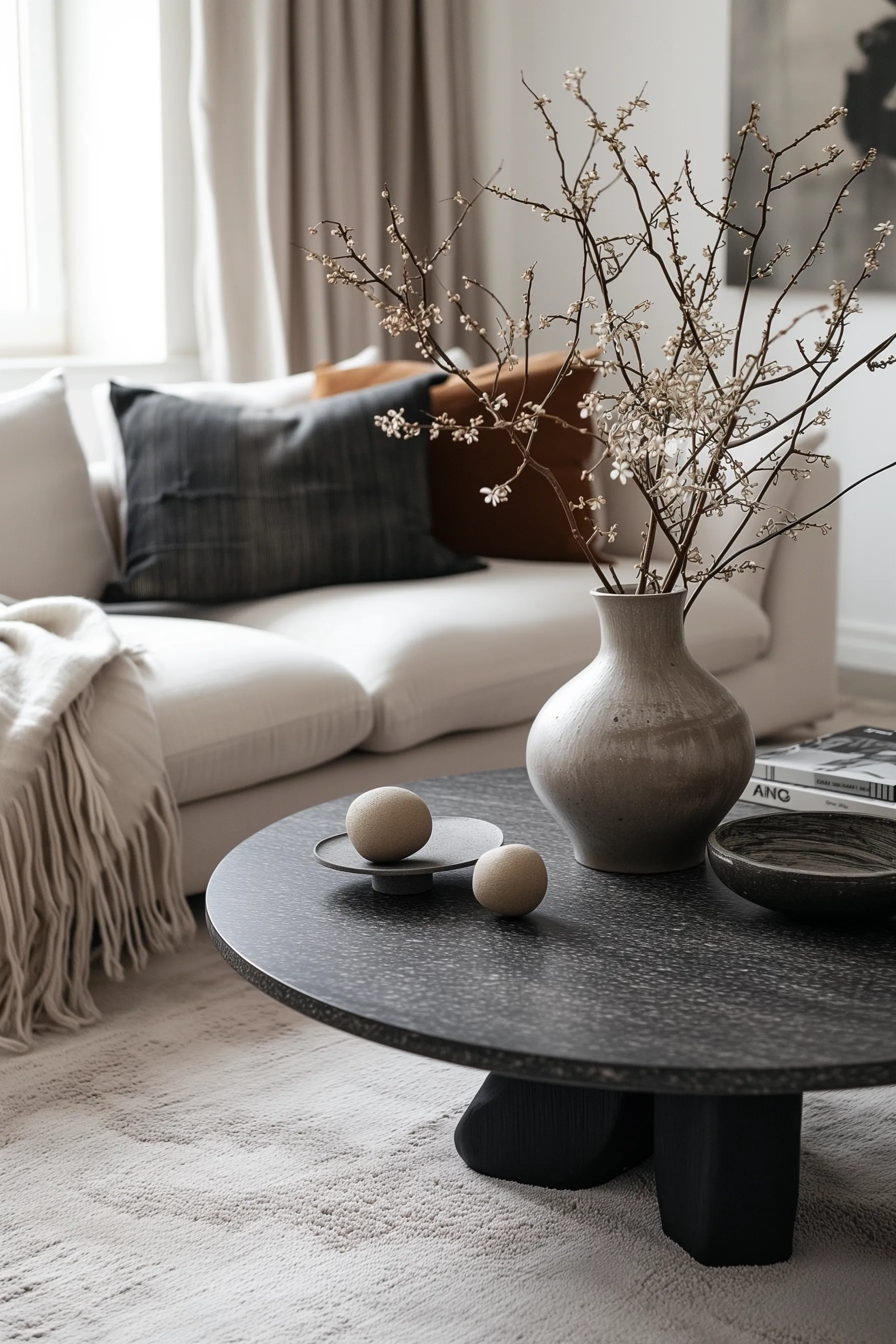
Polypropylene rugs, also known as olefin rugs, are crafted from synthetic fibres, which have gained popularity in the rug industry for their practical attributes.
This material, derived from petroleum, is known for being both durable and affordable. The polypropylene fibers are typically treated with chemicals to become stain resistant, then woven into rugs using advanced manufacturing processes.
These synthetic materials are a practical choice for various settings due to their blend of functionality and versatility.
Pros of Polypropylene Rugs:
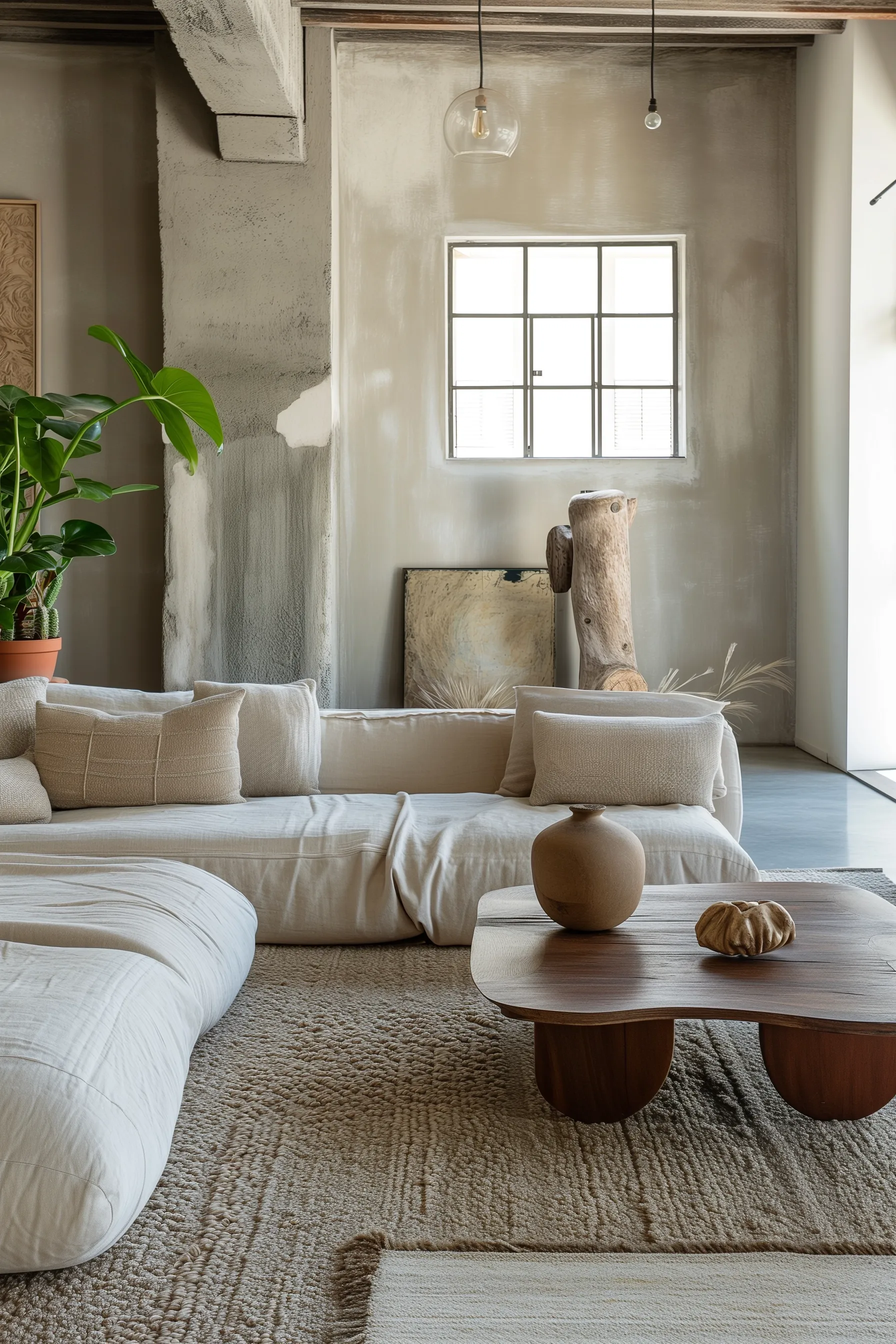
- Affordability: One of the most significant advantages of polypropylene rugs is their cost-effectiveness. They are generally less expensive than natural fiber rugs, making them accessible to a broader range of consumers.
- Stain Resistant: These rugs are highly resistant to staining. Their synthetic fibers don't absorb spills, making them ideal for spaces where spills are likely, such as dining rooms, children's play areas, or a family room.
- Durability: The polypropylene carpet are known for their ability to withstand wear and tear. This makes them suitable for high-traffic areas (such as the living room) in homes and a commercial space.
- Ease of Cleaning: Maintenance is relatively straightforward. Most spills can be wiped away, and the rugs can be cleaned with a regular vacuum cleaner or even machine washing for smaller sizes.
- Moisture Resistance: These rugs dry quickly and resist the growth of mold and mildew, which is beneficial in damp or humid environments.
- Colorfastness: Polypropylene rugs maintain their color well, making them a good choice for areas exposed to sunlight or outdoor settings.
Cons of Polypropylene Rugs:
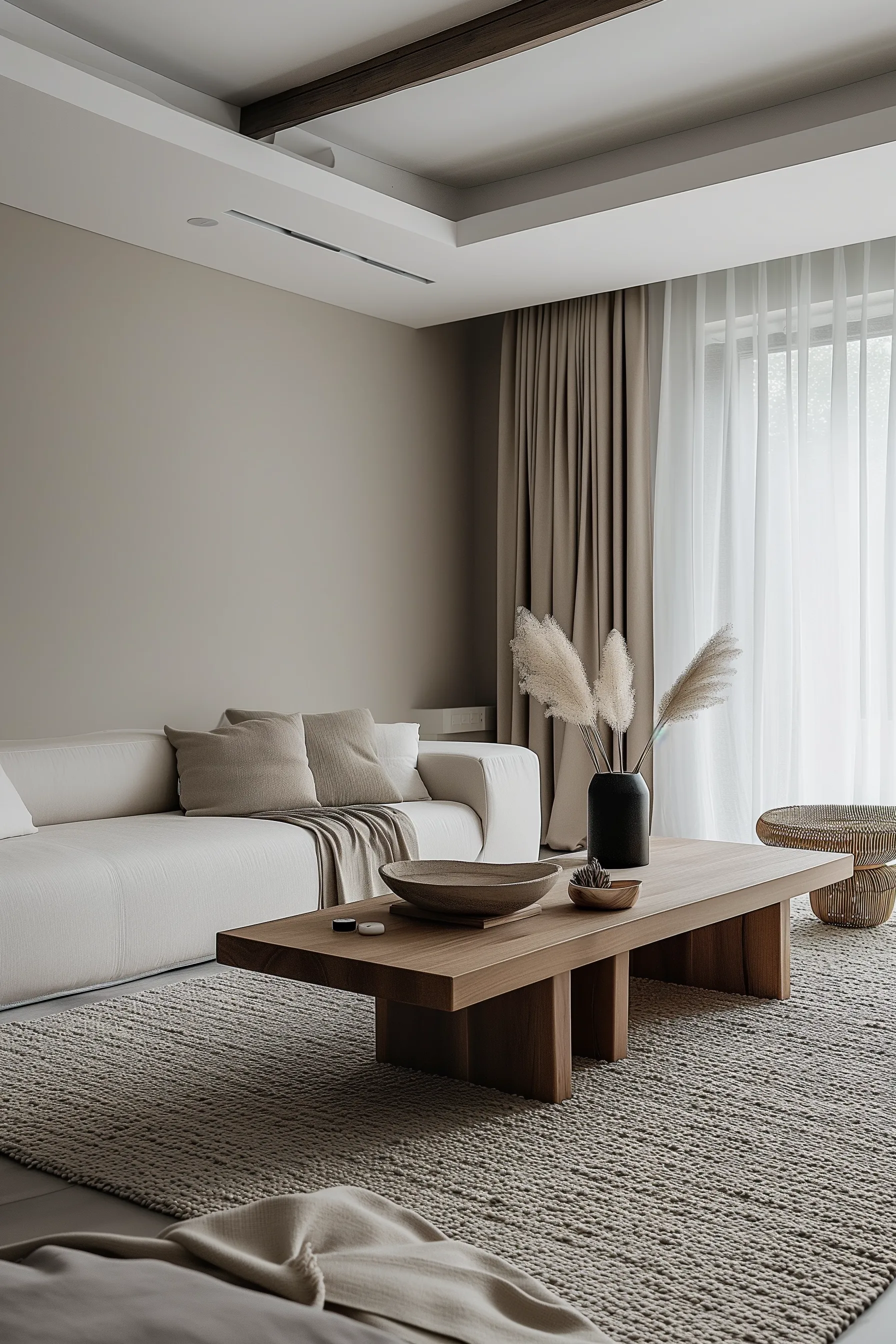
- Limited Lifespan: While durable, polypropylene rugs may not last as long as rugs made from natural fibers like wool. They can show signs of wear over time, especially in a heavy foot traffic area.
- Texture: Some lower-quality polypropylene rugs may have a rougher texture than natural fiber rugs, which might be less comfortable underfoot.
- Environmental Impact: Being a petroleum-based product, polypropylene rugs are not biodegradable and can contribute to environmental pollution when disposed of.
- Off-Gassing: New polypropylene rugs may release volatile organic compounds (VOCs) into the air, which can concern indoor air quality.
- Heat Sensitivity: Polypropylene rugs can be sensitive to heat and friction, potentially leading to damage if exposed to high temperatures or rough use.
In summary, synthetic rugs are an excellent choice for those seeking a budget-friendly, durable, easy-to-maintain option.
They are particularly suited to areas with high foot traffic and potential for spills.
However, considerations of texture comfort, environmental impact, and longevity are important when choosing a polypropylene rug for your space.
2. Wool Rugs
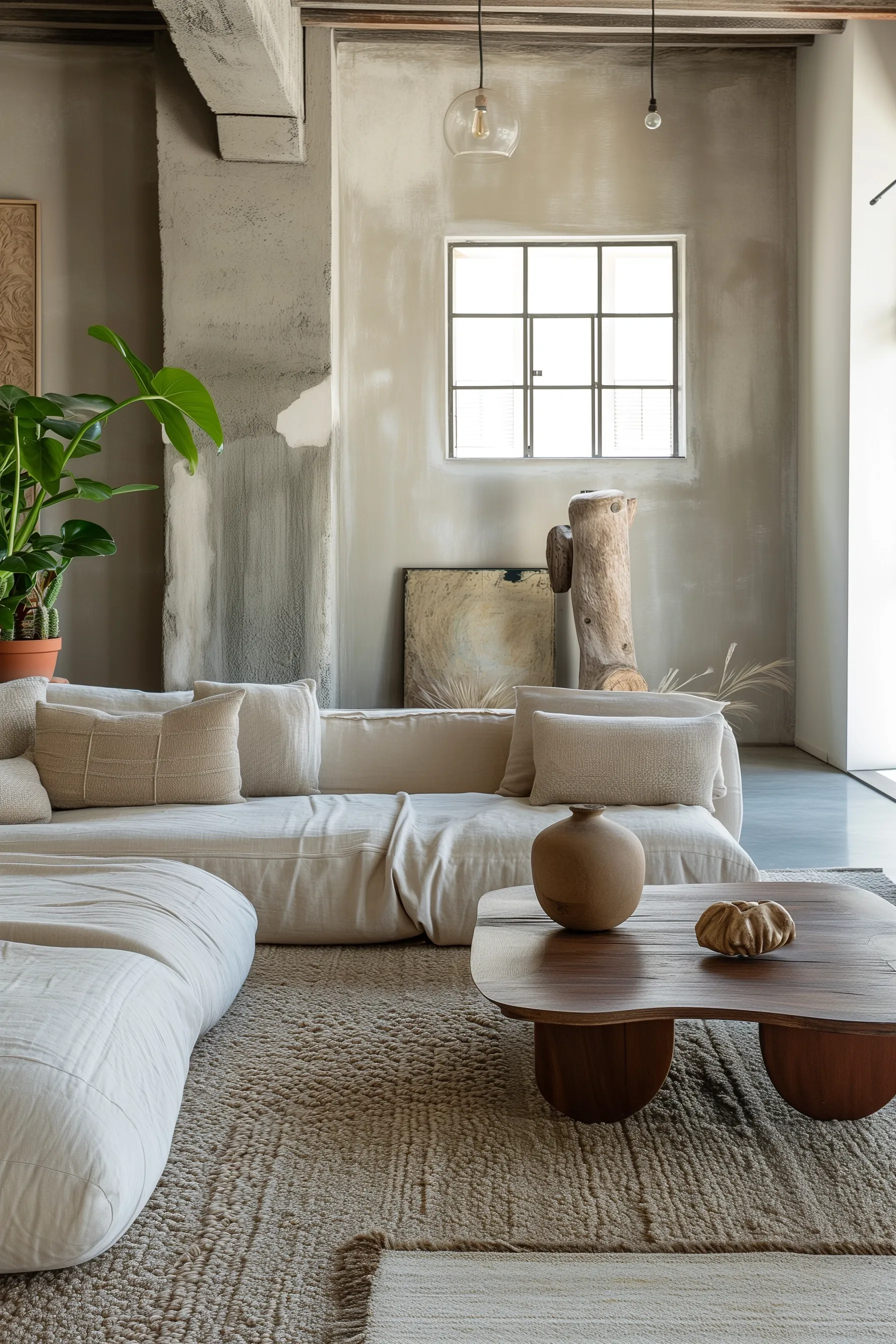
Wool carpets are a classic and luxurious choice in floor coverings, known for their natural warmth, comfort, and durability.
Made from the wool fibers of sheep and other animals, these rugs are hand-woven or tufted into a variety of patterns and styles.
The inherent qualities of wool make these rugs a popular choice for many, offering a blend of aesthetic appeal and functional benefits.
Pros of Wool Rugs:
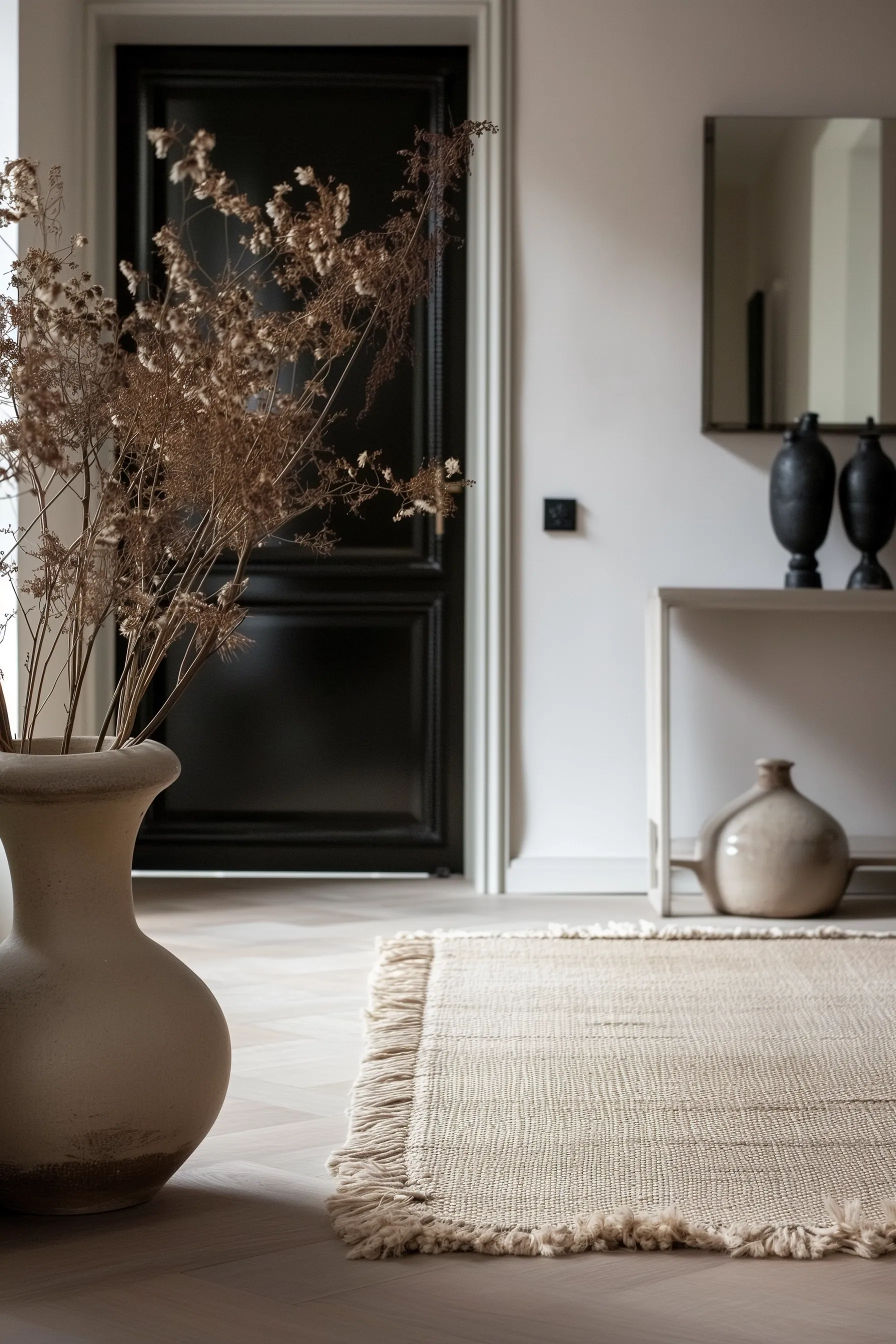
- Natural and Eco-Friendly: Wool rugs are made from natural fibers, which makes them an environmentally friendly option. They are biodegradable, reducing environmental impact at the end of their life cycle.
- Durability and Longevity: Wool is one of the most durable rug materials available, capable of lasting for decades with proper care. Its resilience makes it suitable for high-traffic areas.
- Comfort and Insulation: Wool rugs provide a soft, plush feel underfoot, enhancing comfort in any room. They also offer excellent insulation, keeping floors warm in winter and cool in summer.
- Sound Absorption: The dense nature of wool rugs makes them effective at absorbing sound, reducing noise levels in a room.
- Stain and Water Resistance: Wool has natural water-repellent properties, making these rugs relatively easy to clean and maintain. They are also resistant to most water-based stains.
- Flame Retardant: Wool is naturally fire-resistant, adding an element of safety to your home.
- Aesthetic Versatility: Available in a wide variety of colors and intricate designs, wool rugs can complement any interior décor, from traditional to modern.
Cons of Wool Rugs:
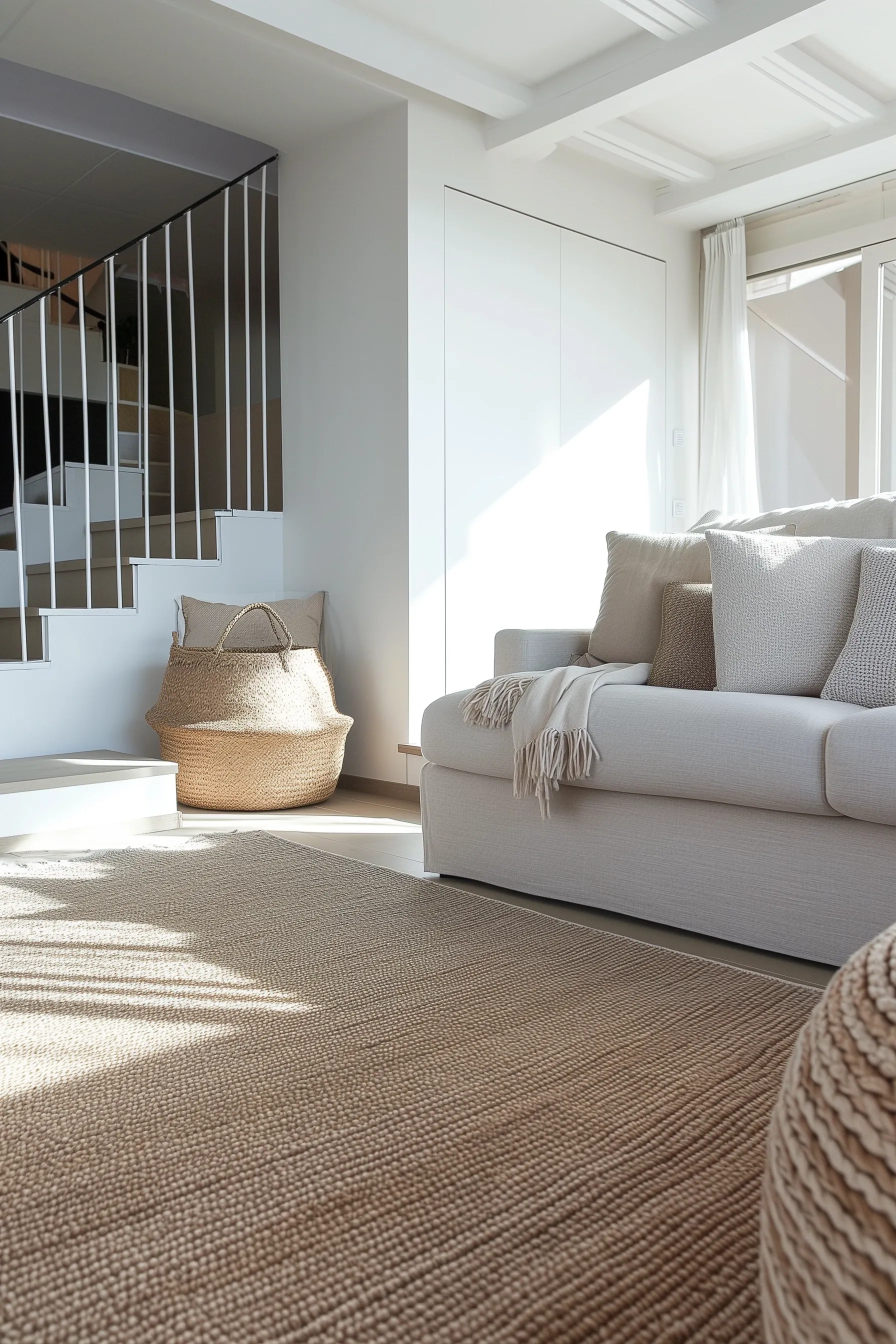
- Cost: Wool rugs are more expensive than synthetic options like polypropylene, reflecting their quality and natural origins.
- Maintenance: While wool rugs are relatively easy to clean, they may require professional cleaning for tough stains such as oil-based stains. Regular vacuuming is also necessary to maintain their appearance. You should never put your wool rug in a washing machine.
- Susceptibility to Moths and Beetles: Wool can be a food source for moths and carpet beetle larvae, although regular cleaning and maintenance can mitigate this risk.
- Sensitivity to Harsh Chemicals: Wool rugs can be damaged by alkaline substances, so they require the use of appropriate cleaning agents.
- Potential for Shedding: New wool rugs may shed initially, although this tends to diminish with regular vacuuming and over time.
Wool rugs are popular for those seeking natural, durable, and luxurious flooring.
They offer unparalleled warmth, comfort, and style, making them a timeless addition to any home.
However, considerations regarding cost, maintenance, and susceptibility to insects are important when deciding if a wool rug is the right choice for your space.
We hope this polypropylene vs wool rug list has made your decision easier!
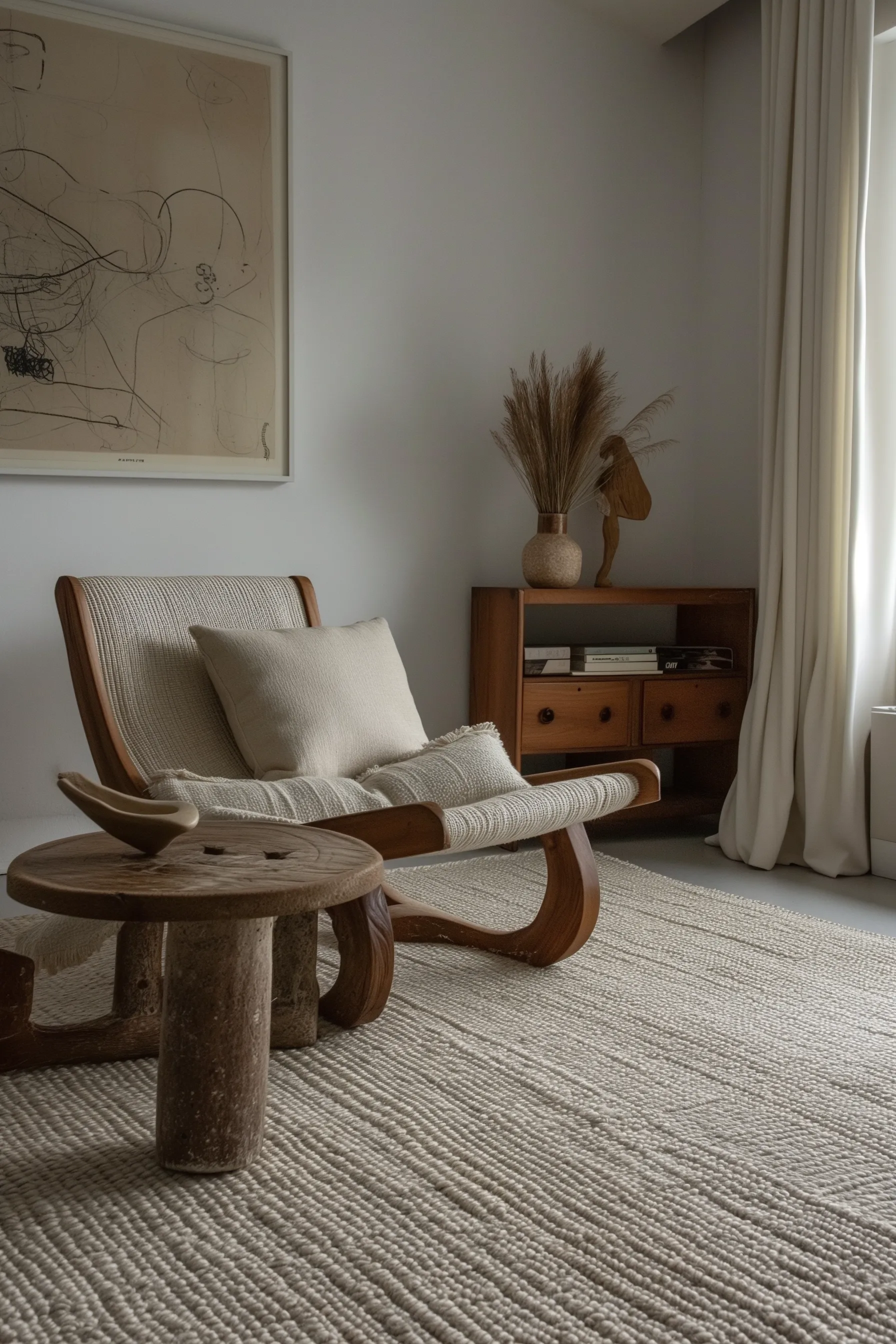
Ultimately, the choice between polypropylene and wool rugs depends on individual lifestyle, budget, and your space's specific functional and aesthetic requirements.
While polypropylene or synthetic area rugs cater to practicality and ease, wool rugs appeal to luxury, longevity, and environmental consciousness.
By weighing the pros and cons of all the types of rugs, you can select the rug material that not only enhances the beauty of your home but also aligns with your everyday needs and values.
If you're feeling bold, you can even try making your own rug here!


